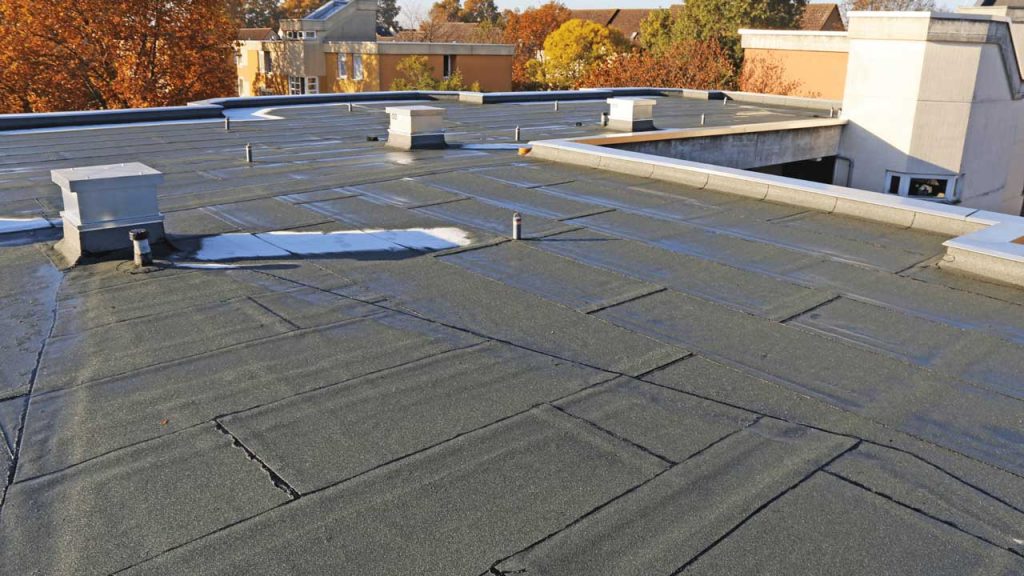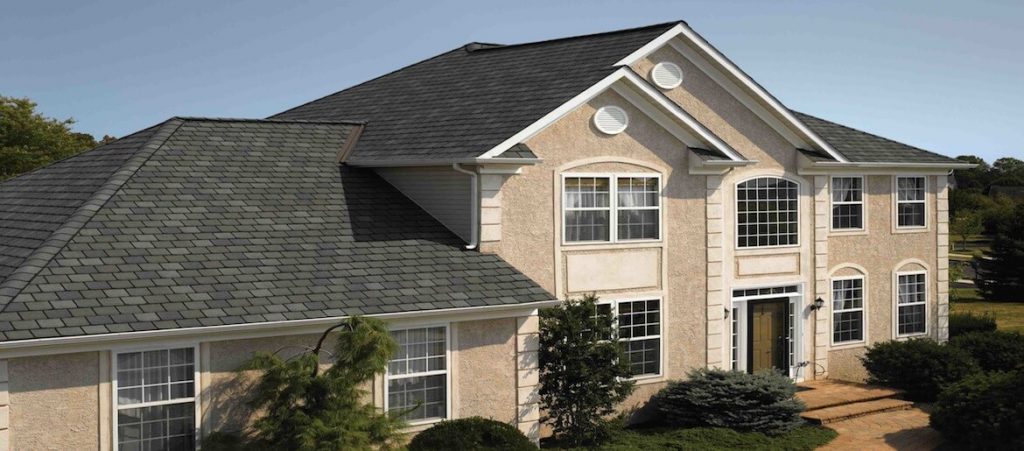Are you worried about the potential damage that hail can cause to your San Antonio roof? It’s important to understand that hail can cause serious harm to your roof, resulting in costly repairs if left unaddressed. The good news is that with a bit of knowledge and careful inspection, you can identify hail damage and take steps to address it before it becomes a bigger issue.
In this article, we’ll guide you through the process of identifying hail damage on your San Antonio roof. We’ll cover everything from understanding the impact of hail on your roof to documenting hail damage for insurance claims. By the end of this article, you’ll have a better understanding of how to spot hail damage on your roof and take the necessary steps to address it. So let’s get started!
Understanding the Impact of Hail on Your Roof
Hail can cause serious damage to your roof, leaving behind dents and cracks that can be easily spotted with a proper inspection. When hail hits your roof, it can damage the roofing materials, which can lead to leaks and other issues if left untreated. The severity of the damage depends on the size of the hail and the type of roofing material you have.
If you have a traditional asphalt shingle roof, you may notice dents or cracks in the shingles after a hailstorm. However, if you have a metal roof or other hail-resistant options, you may not see any damage at all. It’s important to inspect your roof after a hailstorm to ensure that any damage is identified and repaired quickly. If you’re unsure about the condition of your roof, it’s always best to contact a professional roofing contractor to perform an inspection.

Inspecting Your Roof for Hail Damage
As you take a closer look at the top of your house, you’ll notice any signs of potential impact on the shingles. Hail damage can cause dents, cracks, and even holes on your roof. It’s important to conduct regular roof maintenance and inspect it for any signs of damage, especially after a hailstorm.
Inspecting for hail damage can be done through a DIY inspection. Start by checking for any missing or broken shingles. Look for granules in your gutters or on the ground, as hail can cause them to loosen from the shingles. Check for any dents or cracks on the shingles, as well as any punctures on the roof. Don’t forget to inspect the flashing and any vents on your roof. If you notice any signs of damage, it’s best to call a professional to conduct a more thorough inspection and make any necessary repairs.
Identifying Signs of Hail Damage on Your Roof
When inspecting for potential issues with your roof, you may notice dents, cracks, or holes caused by inclement weather. Hail damage is one of the most common issues that homeowners experience. Hailstones can leave small dents or large craters on your roof, and it’s essential to identify these signs to avoid costly repairs in the future.
To identify hail damage, look for small dents or cracks on your shingles, as well as missing granules. You may also notice soft spots or bruises on your roof’s surface. If you’re unsure whether you have hail damage, you can use insurance adjusters or DIY repairs to assess the extent of the damage. Remember that it’s crucial to address hail damage promptly to avoid further damage to your roof and potential leaks.
Documenting Hail Damage for Insurance Claims
Once you have noticed potential issues with your roof, it’s important to document any hail damage for insurance claims. This means taking photographic evidence of the damage from multiple angles and distances. Make sure to capture close-up shots of any dents or cracks in the shingles, as well as wider shots that show the overall extent of the damage. It’s also a good idea to take photos of any debris or fallen shingles around the perimeter of your property.
After documenting the damage, the next step is to contact your insurance company to file a claim. Be prepared to provide detailed information about the damage, including the date and time of the storm, the approximate size of the hailstones, and the specific areas of your roof that were affected. Your insurance company may send an adjuster to inspect the damage and determine the cost of repairs. By properly documenting the hail damage and contacting your insurance company promptly, you can ensure that you receive the compensation you need to repair your roof.
Hiring a Professional for Hail Damage Repairs
You’ll want to consider bringing in a professional to handle the repairs, ensuring that your roof is restored to its former strength and protecting your home from future storms. While DIY repairs may seem cost-effective, they can actually end up costing you more in the long run if they don’t properly address the hail damage. A professional will have the experience and knowledge needed to identify all areas of damage and make the necessary repairs, preventing any potential leaks or further damage.
There are also cost-effective options for hiring a professional for hail damage repairs. Many companies offer free inspections and estimates, allowing you to compare prices and choose the best option for your budget. Additionally, some insurance policies may cover the cost of hail damage repairs, making it even more affordable to hire a professional. By choosing to invest in professional repairs, you can have peace of mind knowing that your roof is in good hands and will be fully restored to its pre-hail damage condition.

Taking Preventative Measures Against Future Hail Damage
To prevent future hail damage, it’s important to regularly maintain and inspect the condition of your home’s exterior. Start by checking your roofing materials. Make sure that they are up-to-date and sturdy enough to handle the impact of hail. Roofs that are old or damaged are more susceptible to hail damage, so it’s essential that you keep them in good condition.
Aside from checking your roofing materials, you need to practice proper maintenance techniques. Regularly clean the gutters to prevent debris buildup, which can clog the water flow and cause water damage. Trim trees that are near your home to prevent them from falling onto your roof during a hailstorm. By taking these preventative measures, you can reduce the risk of future hail damage and keep your home safe and secure.
